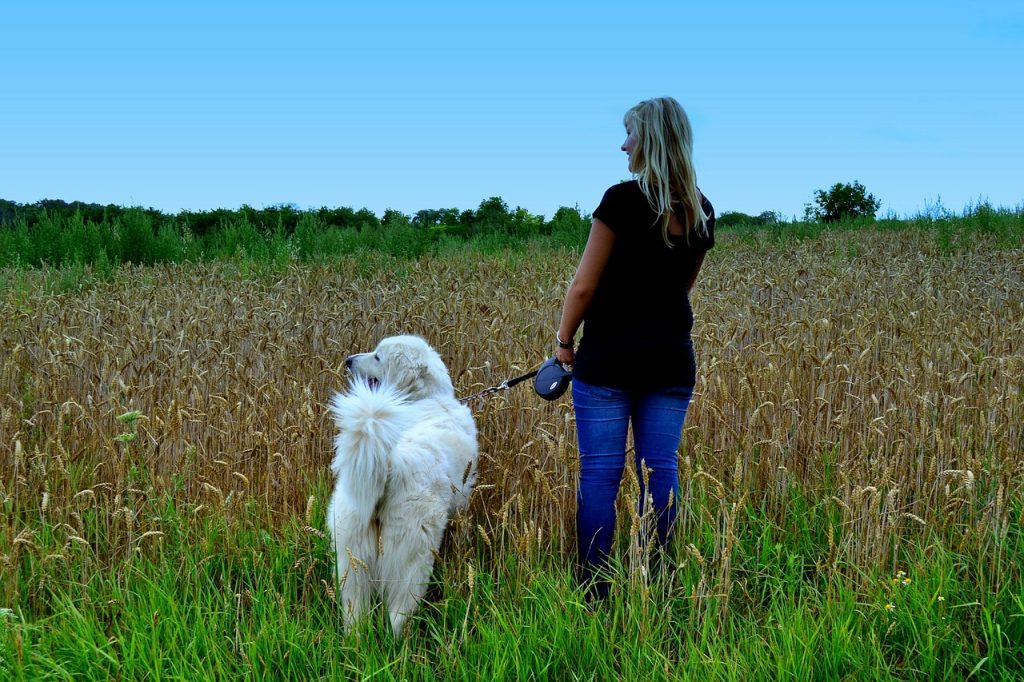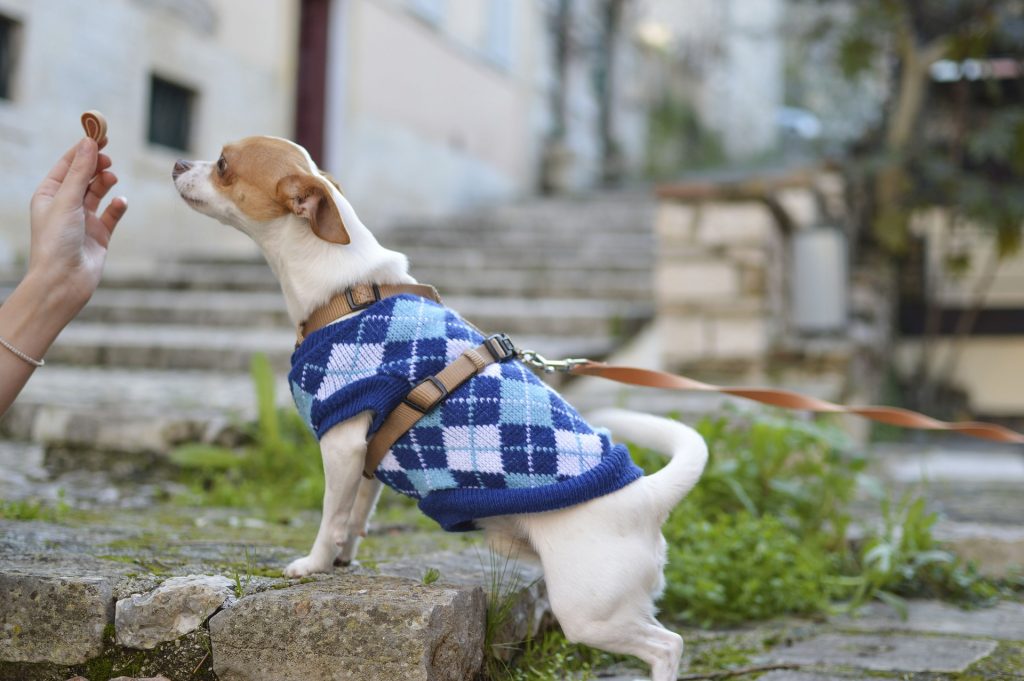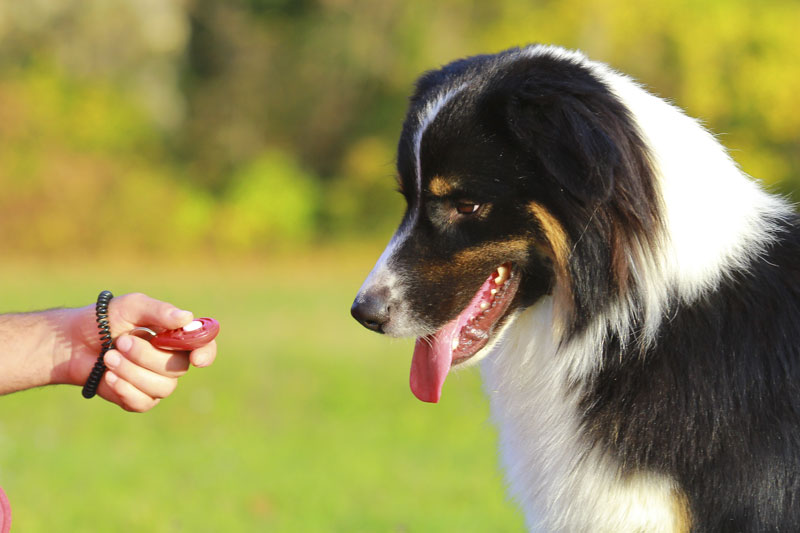Now you can find so many popular dog training techniques out there and it can be frustrating to find out which and what method is going to be the best for you as an owner also for your dog. If you find this overwhelming and confusing, then you’re not alone.
You can find a great deal of disagreement in the professional dog training community about which methods that will be effective and ethical, and several methods overlap or are used in tandem for the best results.
Table of Contents
Our Dog Training Techniques
Here are four of the most popular dog training methods used today and who might benefit most from using them.
1. Alpha Dog Or Dominance

The first one of our dog training techniques Alpha dog or which known dominance training relies on a dog’s instinctual pack mentality to create a relationship of appropriate submission and dominance. This theory suggests that dogs see their family as their pack and follow a social hierarchy like wolves in a pack. When your dogs see themselves as the alpha, they will need to learn to instead respect their human as the alpha and submit. Some of the methods that are used in this technique will include understanding your dog body language and responding accordingly, also projecting confidence and authority, and going first when it comes to the following (eating, entering or leaving rooms, or walking on the leash). If your dog wants to go out, then they have to sit before you open the door. If they want to eat, then they have to wait calmly while you prepare food.
Generally, with our alpha training, you don’t allow your dog on furniture with you, including the bed. You also don’t get down to your dog’s eye level. That’s because it gives your dog signs that he has equal standing in the relationship. You are in charge; you are dominant.
Cesar Millan popularized this training method. However, he sometimes combines dominance training with some other methods when appropriate. Some of the modern trainers say this technique is outdated as new research has already shown that dogs do not rely on pack mentality as much as previously thought, also the pack dynamic of wolves isn’t structured in the wild the same way it was when the animals were observed in captivity.
Although dominance training might curb unwanted behaviors, modern dog trainers often find it antiquated. It can fail to address the underlying causes of bad behavior and this will leave your dog feeling anxious or fearful. The dominance struggle becomes constant and needs consistent reinforcement, which sometimes can be difficult or even dangerous for children or the elderly.
2. Positive Reinforcement

Purely positive reinforcement is the second one of the dog training techniques which popularized by trainers like Dawn Sylvia-Stasiewicz, who trained the Obamas’ dog, Bo. The theory behind it is fairly straightforward. our dogs will repeat good behavior when it’s followed by a reward. Bad behavior does not get a reward or acknowledgment. If you decided that punishment is amust, it comes in the form of removal of rewards, like a toy or treats being taken away. Harsh reprimands or physical punishments aren’t necessary.
This training method begins with rewarding the desired behavior from your dog immediately, within seconds, after it happens. That way your dog comes to associate the behavior with the reward. Some trainers combine this method with clicker training. This gives your dog a distinct sign of the exact moment the behavior was completed. Commands also need to be short and to the point. Sit. Stay. Come.
Positive reinforcement requires consistency. Therefore, everyone in your household needs to use the same commands and reward system. Start with continuous rewards every time the dog does the right thing. Then, gradually move to intermittent rewards as the behavior becomes consistent. Sometimes beginner trainers accidentally reward bad behavior. For example, they sometimes let the dog outside when they start barking at a squirrel or another dog.
Only the wanted behaviors get rewards, which can include treats, toys, praise, and pets. It can be easy to overfeed when your dog is learning, so use small treats when you are rewarding with food. This method is great for learning commands, but you will also need patience for correcting unwanted behaviors.
3. Scientific Training
The dog training techniques also included Science-based dog training which is difficult to define as it relies on information that is continually building and changing. It aims to understand dogs’ nature, their ability to be conditioned, and the effectiveness of rewards and punishments. Animal behaviorists are constantly creating new studies and experiments to shape our understanding of our dog’s psychology. Trainers rely on these studies to work with their dogs. Before deciding a behavior should be corrected, everything about that behavior must be understood.
being recognized as so broading, science-based dog training is hard to pinpoint an overarching methodology behind it. In fact, a lot of the methods used in scientific dog training are usually used by other forms of training. For the most part, there is a reliance on operant conditioning, which mostly includes positive reinforcement and, less often, some forms of punishment. Some scientific trainers believe that it is important to learn how to strengthen good behavior without the need for any rewards and to rely on dog psychology to find ways to improve off-leash relationships between owners and their dogs.
Scientific training relies on doing a good deal of research and to stay always updated on the latest studies. For that reason, it may be best for professional trainers, since their methods which they always use are often effective whether you know the science behind them or not, and other forms of training already employ so many of those methods. Also developing new methods based on research may not be appropriate for everyone. Still, it’s a good idea for dog owners to stay informed and pay attention to a new research when it becomes available.
4. Clicker Training
Clicker training is also based on operant conditioning and relies heavily on the same principles like positive reinforcement.
actually, methods of positive reinforcement can include clicker training rather than as its own form of training.
This last one of these dog training techniques relies on the use of a device to make a quick, sharp noise, such as a whistle or, as the name suggests, a clicker to signal to a dog when a wanted behavior is accomplished.
The advantage of using the known as clicker training is that it signals the exact moment the desired behavior is finished and exactly what is being rewarded. Trainers can then use this clicker to shape new behaviors and add verbal commands. First, the dog needs to be conditioned to know that the click means a reward is coming. Then the dog can associate behavior with this click and a reward. Finally, verbal command can be introduced to form a new association.
This is a great method for learning some new tricks, and it can help shape the basics into more complicated tasks. Many professional trainers use this method. While it is great for learning new behaviors, clicker training isn’t necessarily well-suited for curbing unwanted behaviors. When used alongside other training methods, it will be very effective in making sure you have a well-trained, well-behaved pooch.
Training your dog can be so easy so don’t feel bad about the idea, we will be here to help you all the way, also you may like to read some Tips for training your dog.



